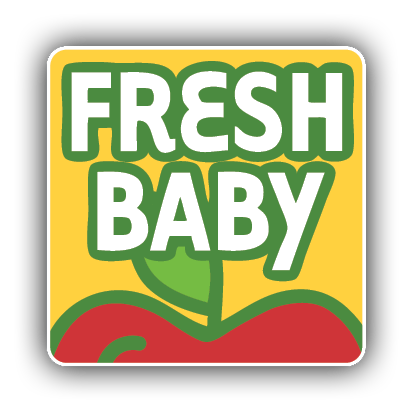
It’s a fact – eating and good eating habits makes you and your children brighter and better throughout the day. Here are a few tips that will help you and your family make the most out of each day:
Breakfast: Eating a good breakfast can do a lot more for your children than you may realize. Studies show that eating breakfast both reduces risk of obesity, and boosts school performance – both learning and behavior. With the early morning havoc of getting ready for work and school, breakfast runs the risk of being short changed. Don’t let this happen, here are few tips for breakfast success:
- A healthy breakfast is just like any other meal; it should consist of protein, whole grains, fruits or vegetables, and calcium.
- Keep the TV off and avoid other distractions.
- Pack backpacks, lay out clothes, and get your children ready for school before bedtime – don’t wait until morning.
- Prepare breakfast foods in advance, and freeze them in single servings. They’ll quickly defrost in the microwave or the toaster oven.
- Have “on the go” breakfast items, such as small boxes of whole grain cereals, fresh fruits, yogurt in the tube, granola bars, etc. on hand. Just in case someone sleeps through the alarm clock.
Download a Breakfast Idea Tip Sheet
Lunch: An uneaten lunch coming home from school, may not be a sign of dislike, but maybe a sign of too much talking and not enough chewing. School lunch periods are short. Encourage your child not to dawdle and get to the lunch room quickly.
When it comes to drinks, encourage your child to stick with milk or water. Many schools have eliminated soda and juices from their lunchroom, but no all have done so yet.
If you are packing your child’s lunch: Offer small servings, many choices – variety is a key to healthy eating. Providing your child with plenty of variety is not hard or time consuming. Many lunch foods can be purchased or prepared, in advance, in large quantities. Each morning, simply fill up small containers with different foods. Buy a small thermos, and include soups in the list of lunch choices. If your child’s classroom does not have a refrigerator, you’ll need an insulated lunch bag with freezer pack to keep foods cool until lunch time.
If your child is buying lunch at school: Unless your child’s school is piloting a special healthy or organic lunch program, don’t expect too much in the way of healthy choices in the school’s cafeteria. Encourage your child to get on line quickly, and if given a choice, avoid chips and sugary items and choose a fresh fruit and a vegatable. If you are disappointed with cafeteria’s lunch options, consider limiting buying lunch to once per week and pack a lunch for your child on other days. For a longer term solution, raise your issues at school board meetings.
Snacks: Don’t be surprised to find that your kids arrive home from school starving. Be prepared with plenty of healthy snack choices on hand. Snacks provide the body with a boost of energy between meals. Snacks and junk food are not the same thing. Healthy snack ideas include:
- Fresh fruit such as apples, pears, grapes, or a container of cantaloupe chunks in the fridge
- Cut up veggies with dipping sauces like ranch dressing or cucumber yogurt sauce
- Dried fruits like raisins, apricots, dates and cherries
- Nuts, sunflower seeds, or trail mix
- Celery sticks with cream cheese or peanut butter
- Hard boiled eggs
- Cheese slices, cubes, or string cheese logs
- Hummus or white bean dip and pita bread
- Whole-grain crackers, baked snack chips or rice cakes
- Yogurt
Dinner: Dinner time is a great time of the day to get to know your child! So turn off the TVs, videogames, Gameboys, MP3s, put down the newspapers, books, and magazines, and sit down at the dinner table to enjoy a great meal with your family. During the meal, talk to your children about their day at school. For conversation fun, ask everyone to share something good and bad about their day. Enjoy the time learning about what’s going on in your child’s life when you are not around.


